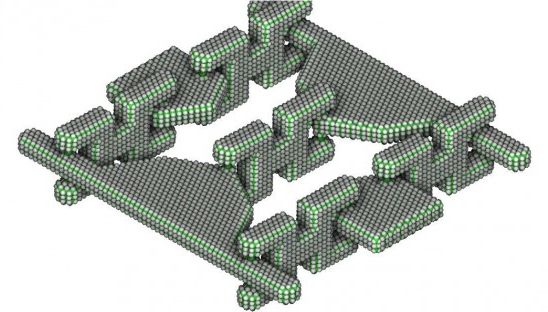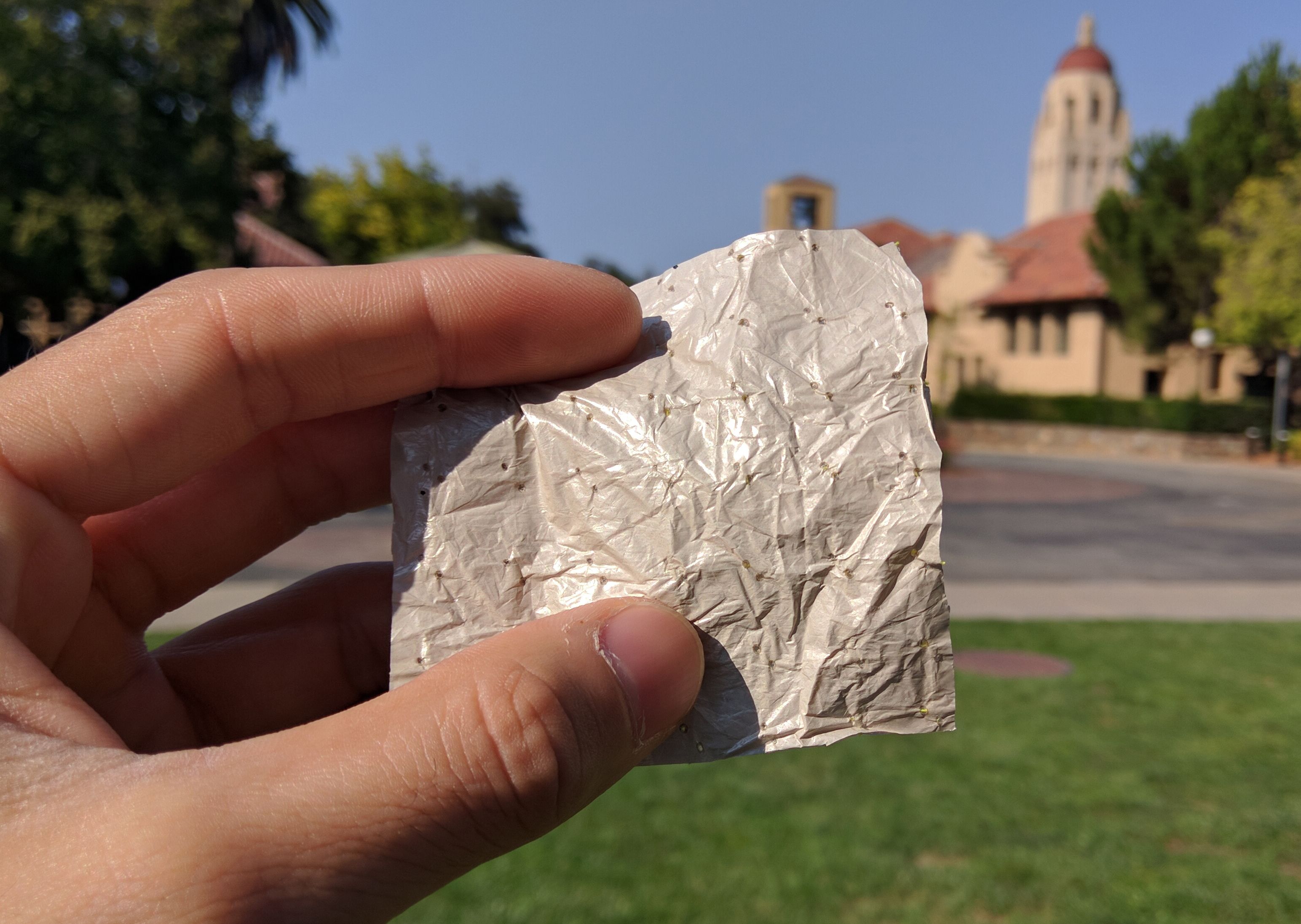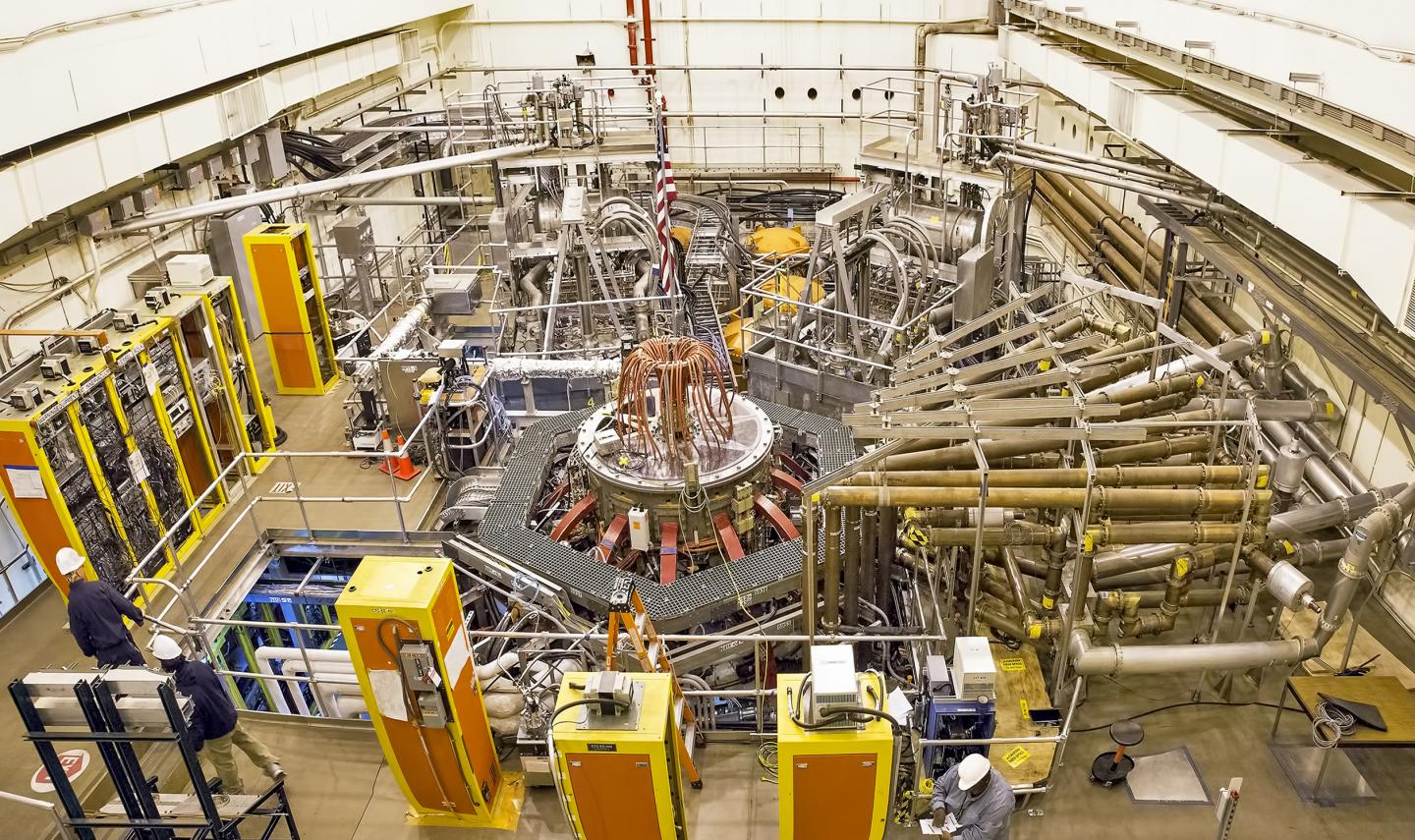This new computer system is 100 billion times more energy efficient than the most energy efficient conventional green supercomputer. Using only links and rotary joints, this “molecular mechanical computer” removes the need for parts that create friction and generate heat.
The trend for computing, and for technology in general, really consists of just one word: Smaller. Previously, technology that could fit on your desk was the rage. Then it became tech that fit in your bag. Then the palm of your hand. Now, scientists are playing with even smaller technology, down to the molecular size.
Scientists have developed a computer system that can, theoretically, be 100 billion times more energy efficient than the most energy efficient conventional green supercomputer. Using only links and rotary joints, this “molecular mechanical computer” removes the need for gears, clutches, switches, springs, and other parts that create friction and generate heat.
Read more









